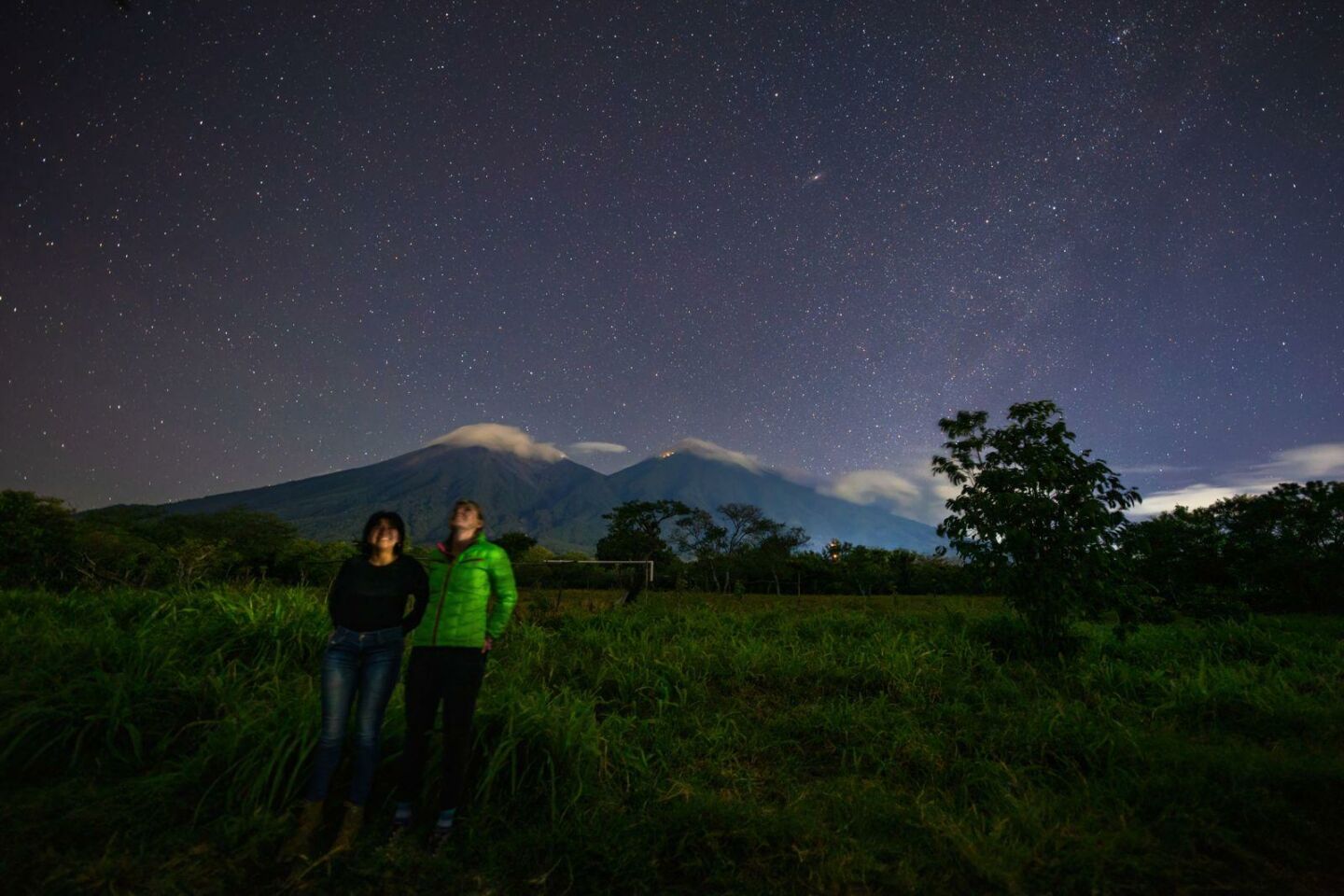
Nobel Prize Awarded for Discovery of Molecular Mechanisms Controlling the Circadian Rhythm

The Nobel Assembly at Karolinska Institute today announced the 2017 Nobel Prize in Physiology or Medicine is awarded jointly to Jeffrey C. Hall, Michael Rosbash and Michael W. Young “for their discoveries of molecular mechanisms controlling the circadian rhythm.” This monumental and important work can now be added to the growing body of evidence that affirms the importance of natural light and darkness.
Using fruit flies as a model organism, this year’s Nobel laureates isolated a gene that controls the normal daily biological rhythm. We now recognize that biological clocks function by the same principles in cells of other multicellular organisms, including humans. With exquisite precision, our inner clock adapts our physiology to the dramatically different phases of the day. The clock regulates critical functions such as behavior, hormone levels, sleep, body temperature and metabolism. Our wellbeing is affected when there is a temporary mismatch between our external environment and this internal biological clock, [and there] are also indications that chronic misalignment between our lifestyle and the rhythm dictated by our inner timekeeper is associated with increased risk for various diseases. (1)
Since the 18th century, we’ve understood that the circadian rhythm exists and that disturbances to the biological clock can harm plants, animals, and humans, but we lacked an understanding of the mechanisms that controlled these inner rhythms. The Nobel Assembly’s recognition of Hall, Rosbash and Young’s work aligns with IDA’s position on artificial light at night and further builds on the recommendations of the American Medical Association, which affirmed human health impacts from LED lighting in 2016.
Dr. Richard G. Stevens, Professor of Community Medicine and Health Care at UConn Health, told IDA, “Until quite recently, circadian biology was considered a quaint little sub-topic of biology in general. However, the 2017 Nobel Prize for discovery of the mechanisms controlling circadian rhythmicity highlights the fact that circadian biology is fundamental to all biology in almost all organisms on the planet.”
Referring to the Nobel Prize citation, Stevens further noted that “Electric light that is too bright, and too blue at the wrong time of day disrupts our circadian rhythmicity. Using it unwisely is the most potent source of ‘misalignment’ in the modern world.”
Today’s announcement is indicative of the importance of understanding the underpinnings of the circadian rhythm: how organisms, including humans, respond biochemically to changes in the intensity of light in their environments. With more detailed information about the molecular machinery that translates the environmental cues in the day/night cycles of our world to biological action, we can better appreciate the disruption caused by exposure to artificial light at night.
Elevation of circadian biology to Nobel-worthy science affirms many of the concerns IDA has raised since 2010 regarding known and suspected hazards to human health and wellbeing. (2,3) To the extent that today’s Nobel Prize highlights the mechanism of the circadian rhythm, it clearly implies the main source of its disruption: the careless application of artificial light at night.
The potential for circadian rhythm disruption to cause or contribute to human disease should be evaluated cautiously and skeptically. IDA urges further research into artificial light exposure and its effects on biology.
1 The 2017 Nobel Prize in Physiology or Medicine – Press Release. (n.d.). Retrieved October 02, 2017, from https://www.nobelprize.org/nobel_prizes/medicine/laureates/2017/press.html
2 IDA, “Visibility, Environmental, and Astronomical Issues Associated with Blue-Rich White Outdoor Lighting” (2010). White paper. Retrieved October 02, 2017 from https://darksky.org/app/uploads/bsk-pdf-manager/8_IDA-BLUE-RICH-LIGHT-WHITE-PAPER.PDF
3 IDA, “IDA Issues New Standards on Blue Light at Night”. Blog post. Retrieved October 02, 2017 from https://darksky.org/ida-issues-new-standards-on-blue-light-at-night/



















